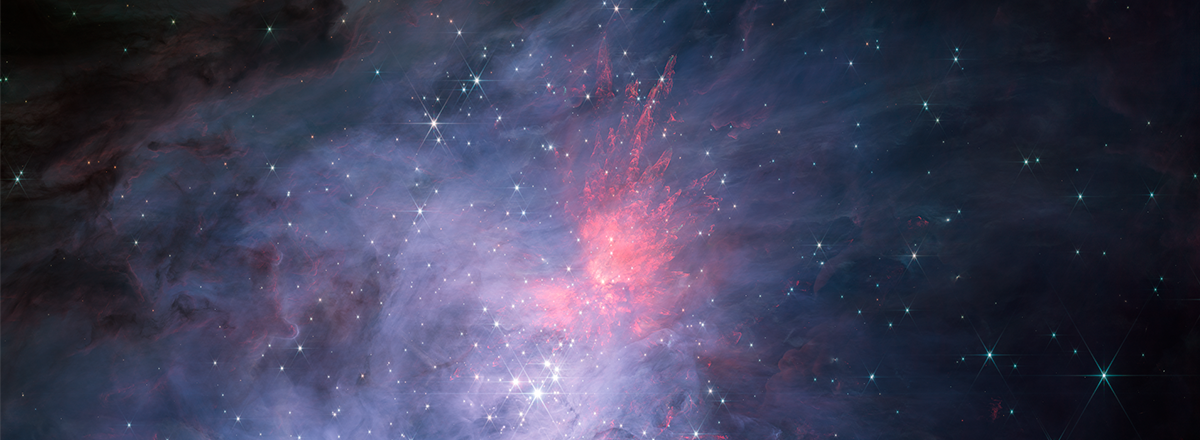James Webb Space Telescope Discovers Mysterious Planet-Like Objects in Orion Nebula
The JWST stumbled upon "Jupiter Mass Binary Objects" (JuMBOs), which are Jupiter-sized planets freely drifting through space without any tether to a star. What's more intriguing is that they appear to move in pairs, with approximately 40 such duos observed.

The James Webb Space Telescope (JWST) has made a new discovery in the Orion Nebula that has left scientists baffled. While peering into the depths of this cosmic cloud, the JWST stumbled upon "Jupiter Mass Binary Objects" (JuMBOs), which are Jupiter-sized planets freely drifting through space without any tether to a star. What's more intriguing is that these objects appear to move in pairs, with approximately 40 such duos observed.
This unexpected revelation challenges current models of planetary system formation. Typically, planets are believed to originate within dusty disks around young stars. While it's conceivable for gravitational interactions to eject some planets into interstellar space, the sheer number of JuMBO pairs in this region poses perplexing questions about their origin and formation.
The Orion Nebula, located 1,344 light-years away, has long captivated astronomers due to its rich variety of celestial phenomena. It hosts outflows and planet-forming disks around young stars, protostars, brown dwarfs, free-floating planetary mass objects, and photodissociation regions. The Nebula is an astronomical treasure trove for studying star formation.
The JWST's NIRCam (Near-InfraRED Camera) captured hundreds of images to create vast mosaics of the Nebula, showcasing intricate details of star-forming activities.

